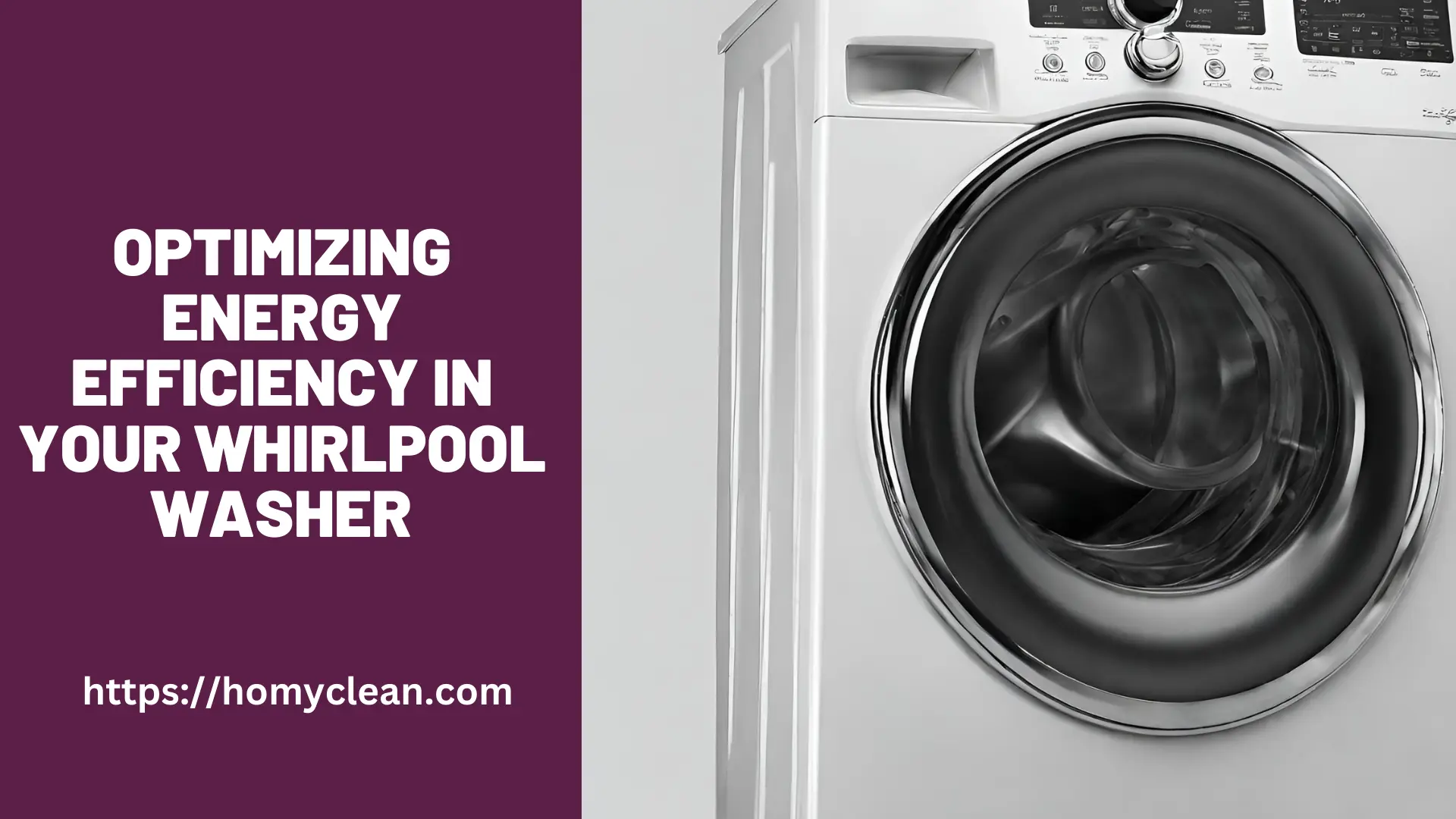Is your laundry day turning into a nightmare because your trusty Whirlpool washer is refusing to drain? Don’t worry; you’re not alone. Washer drainage issues can frustrate, but with the right guidance, you can quickly get things back on track. In this article, we’ll walk you through the essential steps to take when your Whirlpool washer won’t drain, ensuring you can tackle this problem with confidence.
Step 1: Check for Common Obstructions
The first step in resolving a drainage issue is to inspect your washer for any common obstructions. These obstructions can prevent the water from flowing out properly. Start by unplugging your washer from the power source and following these simple steps:
1. Unplug and Empty the Washer
Begin by unplugging your Whirlpool washer from the electrical outlet and removing any laundry that may still be inside.
2. Inspect the Drain Hose
Check the drain hose, which is usually located at the back of your washer. Ensure it’s not kinked, twisted, or clogged with lint or debris. Detach the hose and inspect it thoroughly.
3. Check the Pump Filter
Whirlpool washers typically have a pump filter that can become clogged with lint, coins, or small objects. Locate the filter, which is usually behind a panel at the bottom of the washer, and clean it out carefully.
4. Examine the Drain Pump
Remove any foreign objects or debris that may be obstructing the drain pump. A malfunctioning or blocked pump can often be the root cause of drainage problems.
After completing these steps, plug your washer back in and run a short cycle to see if the issue has been resolved. If your washer still won’t drain, move on to the next step.
People Also Read:
How to Replace Bearings in the Whirlpool Duet Washing Machine
Step 2: Inspect the Drain Pump
If checking for common obstructions didn’t solve the problem, it’s time to take a closer look at the drain pump. The drain pump plays a crucial role in expelling water from your washer. Here’s what you should do:
1. Unplug the Washer
As always, start by unplugging your washer to ensure safety.
2. Access the Drain Pump
Consult your washer’s manual to locate the drain pump. It’s typically located at the bottom of the washer behind a panel. Remove any screws or clips to access the pump.
3. Check for Blockages
Inspect the pump for any blockages or foreign objects that might be preventing it from functioning correctly. Remove any debris you find.
4. Test the Pump
Manually rotate the pump’s impeller (the fan-like part) to ensure it moves freely. If it feels stiff or doesn’t move at all, it may need to be replaced.
5. Replace the Pump (if necessary)
If the pump appears damaged or doesn’t work even after clearing blockages, it may be time to replace it. Consult your washer’s manual or contact Whirlpool customer support for guidance on finding a compatible replacement pump.
People Also Read:
How to Replace the Baffle on Whirlpool Washer
Step 3: Check the Drain Hose and Drain System
If your washer still refuses to drain after inspecting and, if necessary, replacing the pump, it’s time to examine the drain hose and the overall drain system. Here’s what you should do:
1. Unplug the Washer
As always, begin by unplugging your washer to ensure safety.
2. Check the Drain Hose
Remove the drain hose from the washer and inspect it carefully. Look for any kinks, twists, or damage to the hose. Replace it if necessary.
3. Verify Proper Drainage
Ensure that the end of the drain hose is securely placed in a drain pipe or utility sink. It should be at a height of at least 30 inches to prevent water from flowing back into the washer.
4. Clear the Drain Pipe
If your washer shares a drain pipe with other appliances or fixtures, check for blockages in the pipe. Use a plumber’s snake or pipe cleaner to remove any clogs.
5. Test the Washer
Plug your washer back in and run a cycle to check if it now drains properly. If the issue persists, consider consulting a professional technician for further diagnosis and repair.
People Also Read:
How to Remove Tub from Whirlpool Duet Front Load Washer
Real-Life Example: Sarah’s Washer Woes
To illustrate these steps in action, let’s consider the real-life example of Sarah, a busy mom of three who faced a similar issue with her Whirlpool washer.
Sarah’s washer suddenly stopped draining, leaving her with a pile of wet clothes and a sinking feeling of despair. She followed the steps outlined above, first checking for obstructions and finding a small sock lodged in the drain pump. After removing it, she plugged the washer back in and was relieved to see it draining correctly once more.
However, a few weeks later, the issue recurred. Sarah then decided to inspect the drain hose, where she discovered a kink that was restricting water flow. After straightening it out and securing the hose properly, her washer worked flawlessly. Sarah’s experience demonstrates the importance of thorough troubleshooting and the satisfaction of solving a problem without the need for costly repairs.
By following these steps and staying persistent, you can conquer the challenge of a Whirlpool washer that won’t drain and keep your laundry routine running smoothly.
Conclusion
In this comprehensive guide, we’ve covered the essential steps to take when your Whirlpool washer refuses to drain. From checking for common obstructions and inspecting the drain pump to examining the drain hose and system, you now have the knowledge to troubleshoot and resolve this issue. Remember, safety always comes first, so unplug your washer before conducting any inspections or maintenance.
By adopting a patient and methodical approach, you can save both time and money, ensuring that your Whirlpool washer continues to serve you faithfully for years to come. So, the next time you face the frustration of a non-draining washer, don’t panic—follow these steps, and you’ll be back to enjoying clean, dry laundry in no time.



![Whirlpool Washer Drum Not Spin Freely [Problem & Solution]](https://homyclean.com/wp-content/uploads/2023/10/Whirlpool-Washer-Drum-Not-Spin-Freely.webp)

